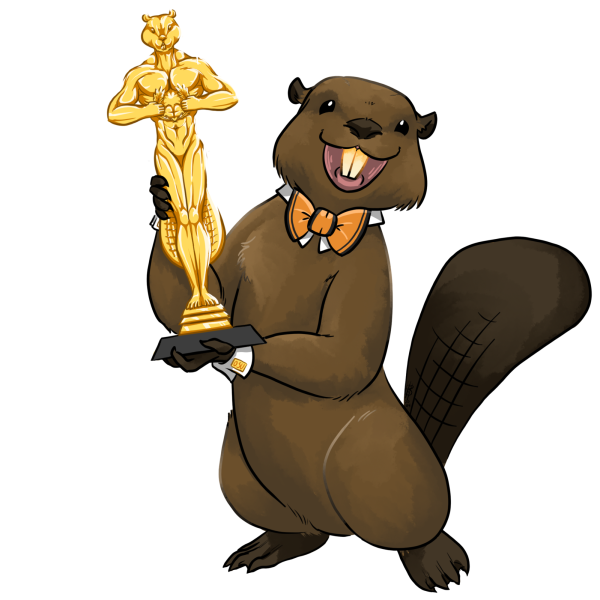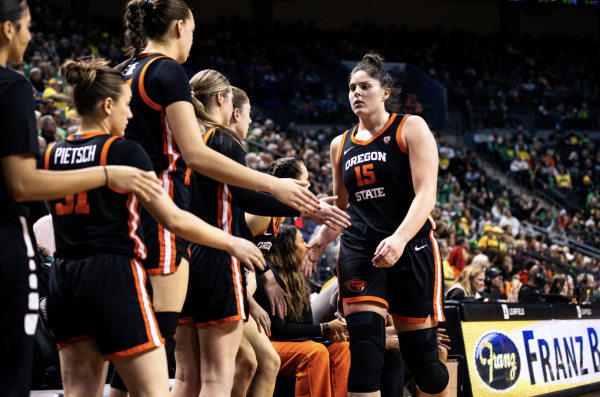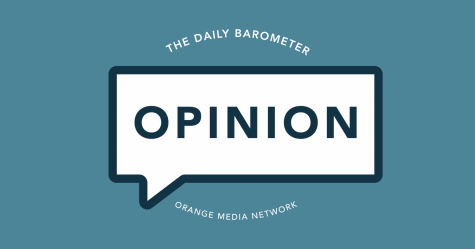Ask Dr. Tech: Explore the wonderful world of patents
May 4, 2016
Have you ever heard the rhetorical question “What will they think of next?”
Viable answers to that question may be gleaned by perusing applications filed with the U.S. Patent Office.
A patent is an assignment of exclusive intellectual property rights by a government to an inventor for a specified time period, in the U.S. and Europe for 20 years.
When someone files a patent on an invention or process, others are prohibited by law from creating and selling products derived from that intellectual property.
Inventors cannot patent ideas alone, they have to demonstrate how the invention will work and that it is feasible.
The word patent stems from the Latin word “patere” meaning “to lay open.”
This etymology reflects the public nature of patents and distinguishes them from trade secrets which are kept private and guarded.
In addition to sheer curiosity you can make powerful uses of the information at uspto.gov.
Some investors make profitable uses of that information in deciding what industries to put their money into.
Writers can gain excellent topics for analysis and writing from patents because successful future products are communicated to us in the present.
For instance, student s may develop presentations and papers based on patent information.
Suppose that you have a class presentation or paper to prepare and need a strong topic.
Browsing through recent proposals at the USPTO you find a patent filed in 2015 by Boeing Inc. for “Infectious Disease Detection.”
This proposed invention would use sensors to detect traces of specific pathogens; bacteria and viruses.
Why would a company that makes airplanes invest in disease detection?
Because infectious disease is spread significantly by air travel leading to pandemics which are global outbreaks of illness.
To turn this idea into a paper or presentation, think through the conditions and implications of effective disease detection at the primary points of transmission.
Detecting disease allows for intervention and preventing its spread which may dramatically impact the global health situation.
Think of other situations where the spread of disease is significant, such as hospitals, daycare and University residence halls where the Norovirus runs rampant.
The analytic strategy of turning a proposed patent invention into a top-rate paper is to produce a reasoned analysis based on the problem, the proposed solution and the implications of a successful solution. Break it down like this:
1. The problem: describe the circumstances that occur without the invention; e.g. infectious disease spreads rapidly and is hard to control leading to deaths, illness, increased health care costs and other economic impacts.
2. The proposed solution: explain the proposed invention and how it will solve or change the problem; e.g., a system of disease agent detection and intelligent alerts will recognize when a severely contagious disease is present and allow for immediate interventions to help infected people and prevent further contagion.
3. The implications of a successful solution: speculate on the social impacts that will occur if the invention works and is used effectively; e.g., by detecting and managing disease at the primary points of transmission the spread of infectious disease can be significantly contained and prevented. The gains to human welfare in terms of health will be great and economic benefits from lower health care and lost productivity will add significantly to the general welfare.
You can totally make an interesting paper or presentation with a strong analysis and argument from this by filling in the details and backing up your claims with facts, such as the current costs of infectious disease to the economy.
You might also think of potential negative effects of such inventions, which is how writers like Michael Crichton (Jurrasic Park, Prey) make great stories and tons of money.
Now that you see how such analysis and future casting works, try your mind some other fascinating recent patent filings.
“Multi-Part Navigation Process by an Unmanned Aerial Vehicle for Navigating to a Medical Situation”: Google filed a patent for a drone with navigation and flight control processes capable of reaching an emergency with appropriate medications and medical equipment. Imagine in the future subscribing to a medical response service that responds immediately to your crisis based on your medical profile.
“System in Space for Reinforcing Photosynthesis and Method”: Airbus, a European airplane maker, may have a way to collect sunlight by satellites in orbit and retransmit the energy to Earth to re-enforce photosynthesis and crop growth. I wonder whether this technology can also boost solar energy collectors.
“Fact Checking Using and Aiding Probabilistic Question Answering”: IBM filed a recent patent for a use of its Watson artificial intelligence program that won the Jeopardy game show. In its role as fact-checker Watson will “decompose a statement into sets of question and answer pairs for each of which it then determines a confidence value from which is calculated a probability that the statement is true.” Imagine this at work in newsrooms and Presidential debates.
“Gamma Secretase Modulators”: Pharmaceutical giant Merck filed a patent for a compound that “targets amyloid beta, a metabolite of amyloid precursor protein which is considered to be of great importance regarding the degeneration and loss of neurons in Alzheimer’s patients.” This may lead to a treatment and even prevention of Alzheimer’s disease.
It does not follow from the fact that a patent was filed that the proposed concept will really work, be practical and economically feasible.
Patents do show us the realm of the possible driven by human imagination.
Here are some titles of patents filed in the last few years to peak your interest:
“Method and Apparatus for Delivering Energy to an Electrical or Electronic Device Via a Wireless Link.”
“Devices and Methods for Transferring Data Through a Human Body.”
“Method for Personalizing an Appliance User Interface.”
“Targeting Customers Who Invite Other Customers to a Business.”
“Apparatus and Method for Sharing User’s Emotion.”
“Recyclable Cardboard Bicycle”
“Foreclosure Prevention and Protection.”
“Seawater Desalination System.”
“Foreign Currency Solution.”
“Aerial Display System With Marionettes Articulated and Supported by Airborne Devices.”
“Systems and Methods for Fabricating Products On Demand.”
“Self-propelled unicycle engagable with vehicle.”
“Telescopic Contact Lens.”
“Virtual Universe Teleportation Suggestion Service.”
Links to these patent filings and sources used for this article are on my blog.
Find many more filed patents at: uspto.gov >Patents >Patent Search (Search for Patents) > Seven Step Strategy.
For patents filed since March 2001 be sure search the AppFT: Applications database.
Understand that patents are legal documents and not designed for easy reading, but you are smarter than the average duck and can hone in on the key points, especially the “abstract” or ”summary” sections.
Make sure that you access the images linked at the top and bottom of the patent text.
Learn to access these ideas directly from the USPTO and you will gain a wealth of future potentials that you may talk and write about.
The opinions expressed in Dorbolo’s column do not necessarily represent those of The Daily Barometer staff.
Dr. Tech’s Blog: Jondorbolo.com























































































































